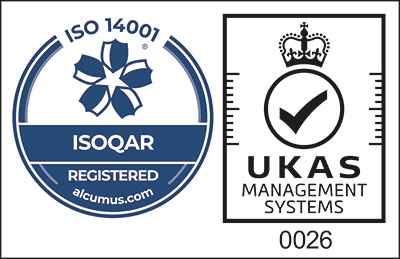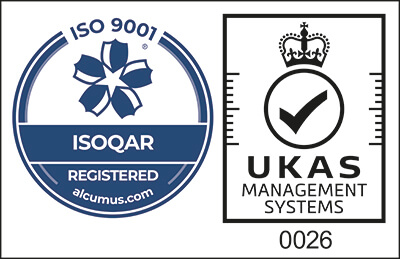
Water storage tanks can be found in a large number of modern settings, from businesses to hospitals, educational facilities and many more. This is why water storage tank cleaning has become essential for maintaining a safe supply of water to all of these places.
Water storage tanks can become breeding grounds for potentially harmful bacteria, the most common of which being Legionella. Legionella is a bacteria that can lead to the development of Legionnaires’ disease, a condition that can be contracted by breathing in droplets of water containing Legionella bacteria.
Legionnaires’ Disease
Legionnaires’ disease is relatively uncommon but can be very dangerous. Thankfully, it can be prevented through water storage tank cleaning. Hospitalisation is usually necessary due to the infection attacking the lungs, with patients often having to use alternative breathing methods such as oxygen face masks or tubes inserted into the nose.

Treatments for Legionnaires’ disease involve antibiotics inserted directly into a vein. This can last between one and three weeks. Symptoms of Legionnaires’ disease include difficulty breathing, coughing, high temperatures and chest pain, as well as common flu-like symptoms. People experiencing these symptoms are advised by the NHS to contact 111.
How Covac Can Help with Water Tank Protection
Water tank cleaning is one of the most important ways of protecting against harmful bacteria creating diseases such as Legionnaires. However, it is not the only thing you can do. At Covac our water tank lining is made using an ACOTHANE DW coating designed for optimum protection.

Our linings provide an excellent guard against corrosion and erosion inside your water tank, which could have created imperfections and significant damage to your system. This damage would have created an environment in which bacteria such as Legionella would be able to thrive, greatly increasing the chance of Legionnaires’ disease contracting for people near the water tank such as employees or the general public.
As well as linings we provide water tank repairs and refurbishment that can also combat the effects of damage inside your water tanks. Many people may think that when a water tank is damaged it needs to be replaced, however, we believe in the more cost-effective solutions of repairs and refurbishment.
How and When to Clean a Water Tank
Once you are fully protected using our tank linings and have had any repairs or refurbishments that may be required, regularly maintaining and upkeeping your tank is vital to ensuring a safe environment.
Water tank cleaning is a simple process. Before the cleaning starts ensure that whoever is doing it is trained and certified, whilst also having the correct PPE equipment. Begin with an inspection of the inside of your tank, keeping a record of what you find. Then, it is important that you drain your water tank so you can get inside to effectively clean. Once the tank is drained you should scrape the interior of the tank, using a wet vacuum cleaner to clean the base. Once this is done you can then refill the tank with clean mains water to flush the tank through.
It is suggested that you take a microbial reading every six months to test the bacteria in the water, and general water tank cleaning is also recommended to take place between every six to 12 months.
For more information about water tank relining and tank repairs and refurbishment please feel free to contact Covac today. For further info regarding the HSE’s recommendations on the prevention of Legionnaires’ disease, click here.










